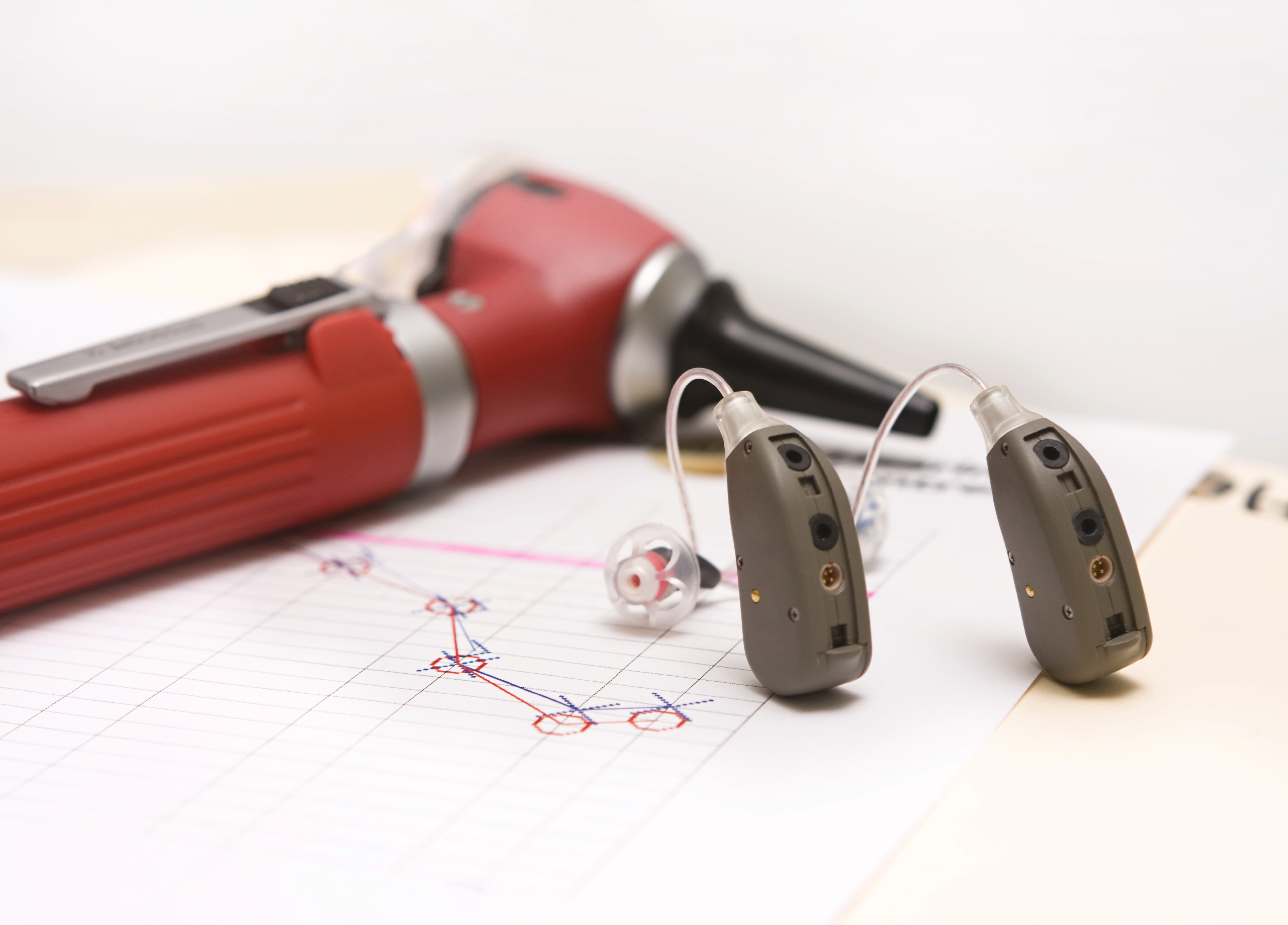
You have most likely seen the commercials. The ones marketing PSAPs, or personal sound amplification products, guaranteeing an improvement to hearing for as little as 20 dollars. It appears to be a terrific deal—especially in comparison to the significant price tag of a hearing aid.
The reality is, it’s not so much a good deal as it is shrewd advertising. The ads do their best to conceal some crucial information while concentrating on carefully selected talking points.
However, the question remains: why would you choose to shell out more money on a hearing aid when less expensive PSAPs are available? Here are five reasons.
1. PSAPs are not FDA-regulated medical devices
Listen carefully to the PSAP advertisements. You’ll hear all about “boosts” to hearing but never about actually treating hearing loss. The reason: PSAPs are not FDA-regulated medical devices and can not be used to treat any medical condition, including hearing loss. PSAPs are merely leisure devices intended to produce benefits to people who can already hear normally.
Using a PSAP to treat hearing loss is like wearing a pair of reading glasses to treat near and far-sighted vision impairment. Hearing aids, in contrast, are FDA-regulated medical devices that can effectively treat hearing loss.
2. PSAPs are not programmable
Hearing aids may not look very impressive on the outside, but inside they contain intricate digital technology that can slice up, save, adjust, and regulate any kind of sound. Hearing aids can in addition make modifications for pitch and volume so that amplification complements the patient’s hearing loss precisely.
A PSAP, in contrast, is a one-size-fits-all electronic gadget that amplifies soft sounds. Since every person’s hearing loss is slightly different, PSAPs won’t amplify the correct frequencies. Instead, PSAPs will amplify all sound, producing distortion in noisy environments.
3. PSAPs can’t enhance speech
Speech sounds are unique in that they are predominantly represented in the higher frequencies, particularly in comparison to background sound. Considering that digital hearing aids can identify variations in sound frequency, hearing aids can amplify speech while restraining background noise. PSAPs, generally speaking, are lacking this functionality.
4. PSAPs might cost you more in the long-run
First of all, hearing loss is occasionally brought on by factors that do not require hearing amplification at all. If, for instance, earwax buildup is producing your hearing loss, an easy professional cleaning can restore your hearing within a matter of minutes—and without a cent spent on any amplification products.
Second, occasionally more serious medical conditions can cause hearing loss, so you’ll want a professional examination to rule this out. Because you can purchase a PSAP without any communication with any healthcare professionals, you could be placing yourself in real danger.
Third, if you do have noise-induced or age-related hearing loss, a PSAP will not work the way you would need it to. You’ll probably purchase a hearing aid sooner or later anyway, so you might as well forego the additional expense of the PSAP.
And finally, compared with hearing aids, there is no mandatory trial period for PSAPs. If you purchase one and it doesn’t work, there’s no legal guarantee that you’ll recoup your money.
5. PSAPs lack the features of a hearing aid
PSAPs, like we mentioned, are simple amplification gadgets stripped-down of any enhanced functionality. Hearing aids, on the other hand, can enhance speech, minimize background noise, and adapt to different environments. Some hearing aid models can even stream phone calls and music wirelessly, and some can be regulated with smartphones and watches.
The choice is yours
PSAPs do have their uses. If you have regular hearing, PSAPs are perfect for things like bird watching and eavesdropping on conversations, if that’s your sort of thing.
But for hearing loss, don’t settle for less than you deserve. Your hearing, and the relationships that depend on it, are too important.
